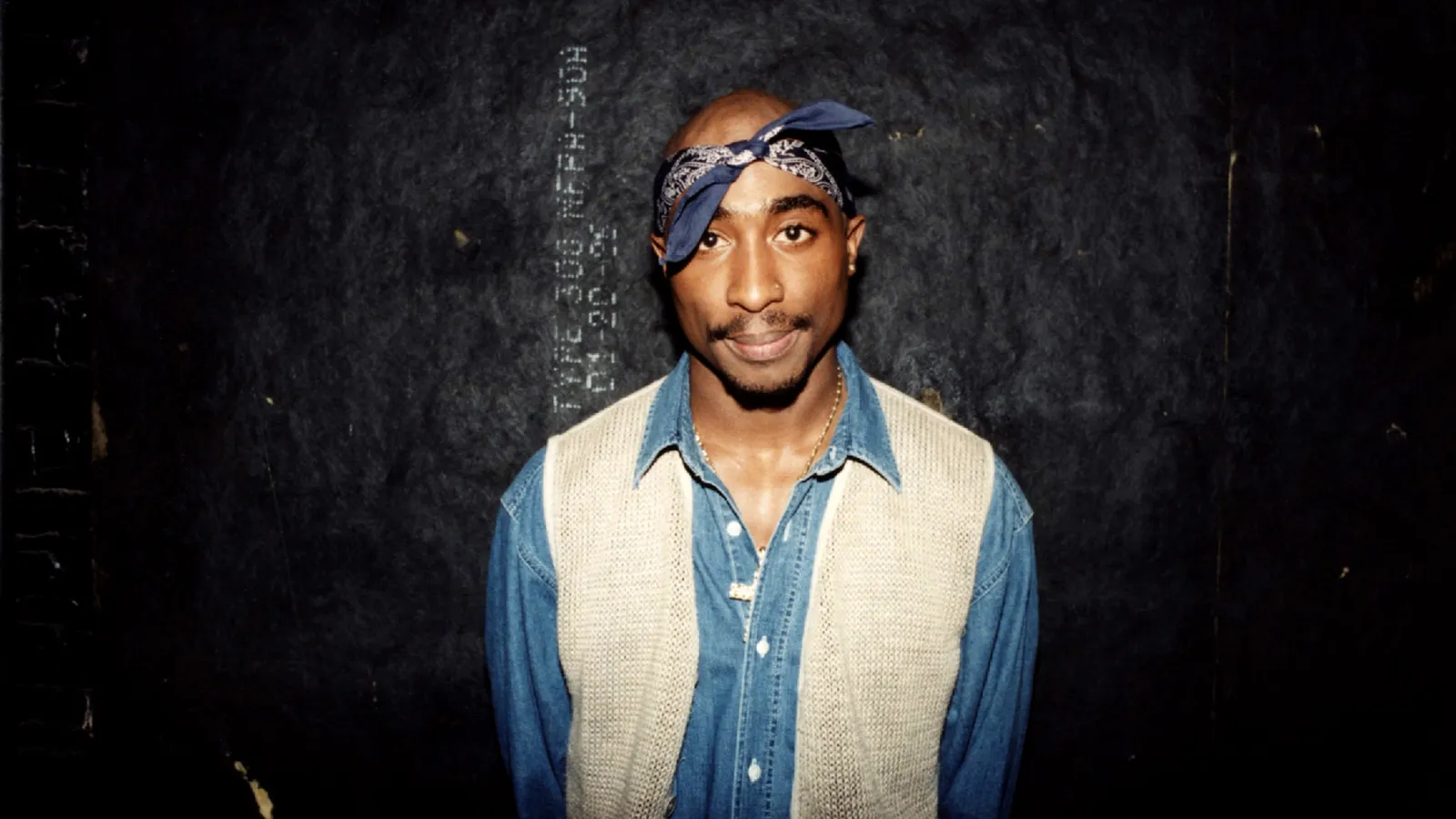In the digital era, where technology has revolutionized how music is created, distributed, and consumed, vinyl-only techno DJs stand as a unique and intriguing counterpoint to mainstream trends. These artists dedicate themselves to spinning wax, relying solely on physical records rather than digital files or streaming platforms. It’s a niche commitment that speaks volumes about their artistic vision and values. But it also raises questions: What makes vinyl-only techno DJs so captivating? Is this pursuit worth the challenges it entails? Let’s dive into the world of vinyl-only DJing to uncover its significance and impact.
The Allure of Vinyl: Sound, Texture, and Authenticity
For many techno DJs, vinyl is more than a format—it’s a philosophy. The medium is celebrated for its rich sound quality and analog warmth, which many purists argue digital formats can’t replicate. Each crackle, pop, and subtle imperfection on a vinyl record adds a layer of texture to the music, giving it a sense of life and organic energy. When spinning vinyl, DJs are not just playing tracks; they are interacting with an art form that is tactile, responsive, and deeply immersive.
Vinyl also carries an emotional weight that digital files lack. There’s something about holding a physical record—its weight, its artwork, its grooves—that fosters a connection to the music and the artist. For techno DJs, whose craft often relies on creating an atmosphere and taking listeners on a journey, this connection can make all the difference. A vinyl-only set feels intentional, curated with care, and full of surprises. The DJ is not simply hitting play on a USB stick but orchestrating a live experience rooted in their love for the medium.
The exclusivity of vinyl further amplifies its appeal. Many techno releases are pressed in limited quantities, making certain tracks rare collectibles. Vinyl-only DJs often pride themselves on unearthing obscure gems, tracks that might never make it to digital platforms. This adds an element of exclusivity to their sets, giving their performances a unique edge that can’t be easily replicated.
The Challenges of Vinyl-Only DJing
While the romance of vinyl is undeniable, the practicalities of committing to it as a DJ are daunting. Perhaps the most obvious challenge is portability. Unlike USB drives or laptops, vinyl records are heavy and bulky. Carrying a full set of records to a gig requires considerable effort, not to mention careful packing to avoid damage. This can be especially taxing for DJs who travel frequently, as they must account for extra baggage fees and the physical strain of lugging crates of vinyl from one city to another.

Another significant hurdle is the fragility of vinyl records. They are susceptible to scratches, warping, and other forms of damage, particularly during transport or in less-than-ideal storage conditions. A single mishap can render a prized record unplayable, leaving DJs without a key piece of their set.
Moreover, vinyl-only DJing demands a level of technical skill and focus that many digital DJs may not need to develop. Beatmatching by ear—the process of aligning the tempos of two tracks without the aid of digital visual aids—is a fundamental skill for vinyl DJs. It’s an art form that takes years to master and requires constant practice to maintain. For many, this technical challenge is part of the appeal, but it also creates a higher barrier to entry for aspiring DJs.
The cost of vinyl is another factor that cannot be ignored. Records are expensive, particularly when compared to digital downloads or subscription streaming services. Building and maintaining a vinyl collection is a significant investment, especially for techno DJs who rely on having access to a wide variety of tracks to keep their sets fresh and dynamic. Add to this the costs of maintaining equipment like turntables, needles, and mixers, and it’s clear that vinyl-only DJing is not a budget-friendly pursuit.
Why Some DJs Commit to Vinyl Despite the Obstacles
Despite these challenges, many techno DJs remain unwavering in their commitment to vinyl. For them, the limitations and difficulties of the medium are not deterrents but rather essential aspects of its charm. The act of digging for records—whether in dusty crates at record shops, flea markets, or online marketplaces—is a ritual that fosters a deeper connection to the music. Unlike the instant gratification of downloading tracks online, crate digging requires patience, dedication, and an intimate understanding of one’s taste.
For vinyl-only DJs, this process of discovery is a critical part of their artistry. Each record in their collection tells a story and reflects a unique moment of inspiration. Their sets become a reflection of their personal journey through music, offering audiences something profoundly authentic and personal.
There’s also an undeniable sense of credibility and respect associated with being a vinyl-only DJ in the techno community. Vinyl is often seen as a badge of honor, a symbol of dedication to the craft. By choosing vinyl, DJs signal their commitment to the roots of techno, a genre that emerged from underground, DIY cultures where vinyl played a central role. This commitment can help vinyl-only DJs stand out in a crowded field, earning them a loyal following among purists and connoisseurs.

Additionally, the physical act of spinning vinyl adds an element of performance artistry that digital DJing often lacks. The sight of a DJ skillfully cueing up records, adjusting pitch by hand, and seamlessly blending tracks is a spectacle that engages audiences on a deeper level. It’s a reminder that DJing is not just about playing music but about creating a live, unrepeatable experience.
The Cultural and Artistic Significance of Vinyl in Techno
Vinyl holds a special place in the history of techno. From the genre’s early days in Detroit to its global rise, records have been the primary vehicle for sharing and distributing techno music. Many of the most iconic techno tracks were first released on vinyl, and some have never been made available in any other format. For vinyl-only DJs, spinning records is a way of honoring this legacy and preserving the culture’s roots.
In a broader cultural sense, vinyl represents a rebellion against the homogenization of music in the digital age. The convenience of streaming has made music more accessible than ever, but it has also led to a loss of intimacy and physicality in the listening experience. By championing vinyl, techno DJs push back against this trend, reminding us of the value of taking time to engage with music in a tangible, deliberate way.
From an artistic perspective, vinyl offers possibilities that digital formats simply can’t match. For example, DJs can manipulate records manually, using techniques like backspinning, scratching, and pitch bending to create unique sounds and textures. These techniques are deeply embedded in the language of techno and can add layers of improvisation and creativity to a set.
Is It Worth It?
The question of whether vinyl-only DJing is worth it ultimately depends on what one values most in music and performance. For DJs who prioritize convenience, accessibility, and cost-effectiveness, vinyl may seem like an unnecessary burden. But for those who see DJing as an art form and are willing to embrace its challenges, the rewards of vinyl-only DJing can be profound.
The decision to go vinyl-only is not just about the medium but about the message. It’s a statement about what the DJ stands for and the kind of experience they want to create for their audience. It’s about prioritizing quality, authenticity, and connection over convenience. While it may not be the easiest path, it’s one that offers a unique and deeply rewarding journey for those who choose to walk it.
In a world where digital dominates, vinyl-only techno DJs remind us of the beauty of imperfection, the thrill of discovery, and the power of music as a tactile, human experience. Whether or not it’s worth it is a matter of perspective, but there’s no denying the passion and artistry that fuel this fascinating corner of the techno scene.










